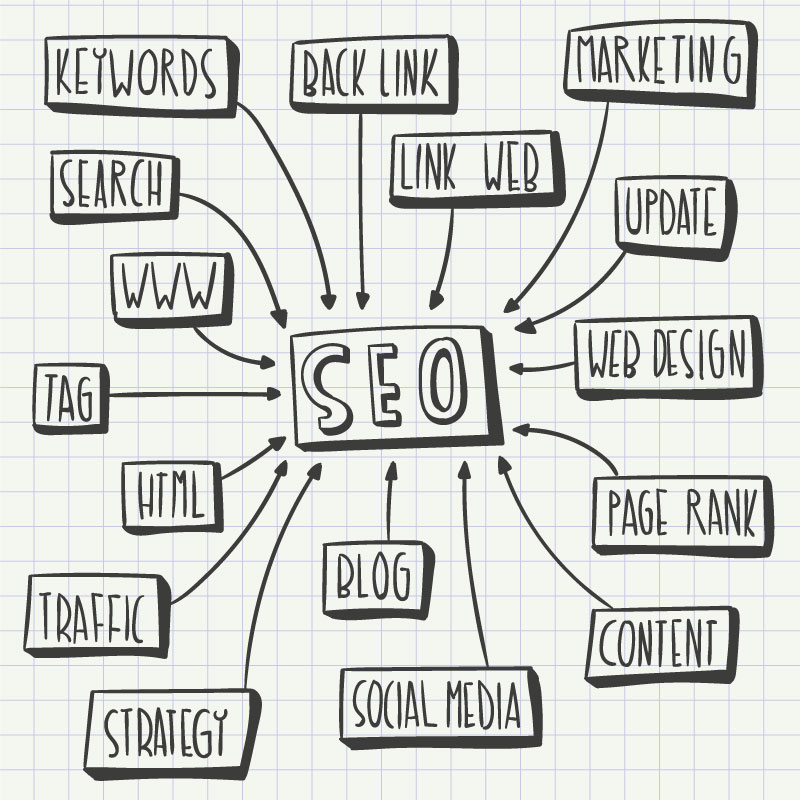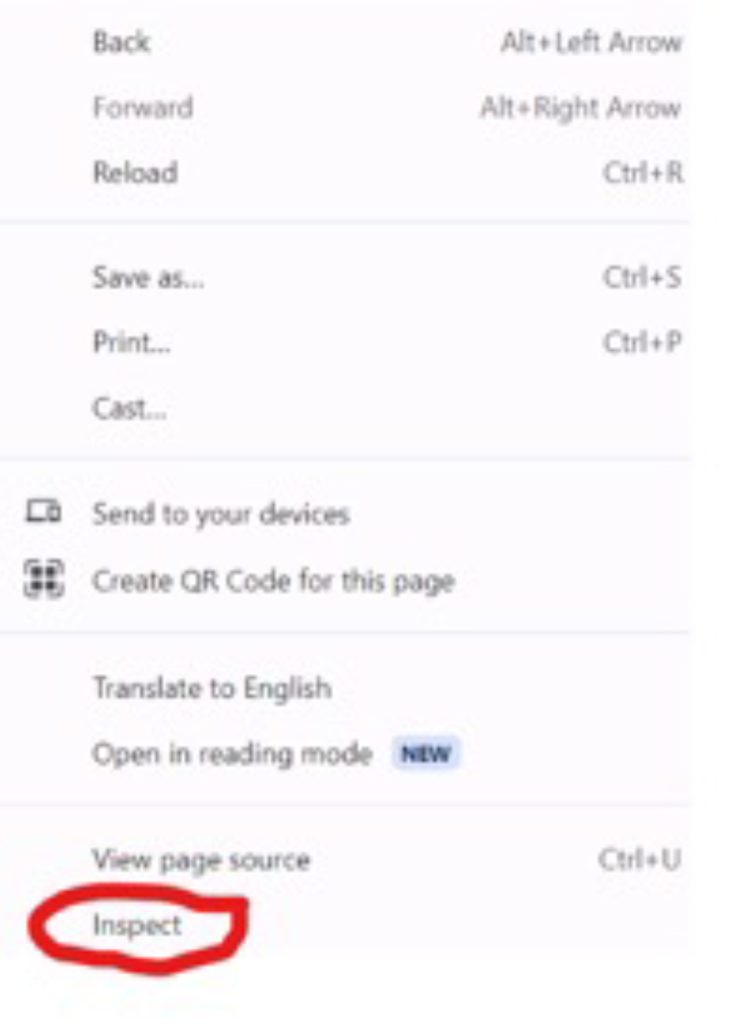According to Forbes, there are 200 million active websites, and it can take a user 0.05 seconds to form an opinion on your site—that is, if they can find your business website. This is where search engine optimisation, known as SEO, is critical for your business. SEO enables your customers to find you online with ease.
Many business owners think SEO is an elusive enigma, impossible to understand, or they use keywords, feeling frustrated that their website still isn’t ranked on the first page of Google. They outsource to SEO experts who still don’t seem to get results. The crazy fact is that even the experts don’t know the secrets of SEO. Search engines like Google keep these closely guarded secrets, protecting intellectual property. Experts, however, have uncovered six tactics that help increase your business’s ranking.
- Content
- Link Building
- Personalisation
- Architecture
- Trust
- HTML Code
Chances are, as a business owner, you’re eyes have just glazed over!
The good news is that you don’t have to use a technical application or code to make simple adjustments to your website to improve its ranking. SEO is all about the user experience.
Think of the last time you were in a brick-and-mortar store. Was the store layout difficult to find what you wanted, or you couldn’t find what you wanted quickly, so you left without a purchase? Or was the store neatly presented, which enticed you to stay longer, and you made a purchase you hadn’t planned? The same tactic works online. The longer a person remains on your site, the greater the chance they will make a purchase.
The better your site is for the user, the more engaged the user is, the longer they stay on the site, and the more often they return. This provides the information search engines need to determine your ranking. Here are a few simple tips that you can use today:

Examine Your Content (it’s not just about keywords)
Ask yourself, an unbiased business coach, or heatmaps like Crazy Egg and Hotjar if the content is of high quality, engages people, and keeps them on your site longer. Like a brick-and-mortar store, the longer a user stays on your site, the higher the chances are that you will leave having made a purchase.
When was the last time you updated your website? Unlike a poster that doesn’t change once it’s printed, a website’s content can and should be updated regularly.
This doesn’t mean changing your site! Simple additions like posting a blog, updating your stock, or telling your customers if an item is out of stock.
Have you added media to make the page easy to use? Again, to entice your prospective customers to stay longer on your site, think of media you could add to your site, like a YouTube video, quiz, or ebook.
The key here is to serve the user, giving them what they want, which in turn serves the business to boost search ranking.

Finally, keywords! They are important, but a word of warning! Google penalises sites that have overused or stuffed their sites unnaturally with keywords.
Pro Tip
To use keywords and avoid SEO penalties, use keywords consistently in a natural sounding way. Old practices such as keyword stuffing will lower your website’s ranking.
Architecture
Audit your site for ease of use. Simplicity is essential, and simple to follow menus increase the user experience, as does the speed at which your website loads.
Nobody likes waiting, and statistics show a user will leave your page if it hasn’t loaded in under 10 seconds.
Pro Tip
Upload your URL to page speed insights to see how your website is performing. It’s a free service.

Captain Obvious here… More users are searching the web on mobile phones. If your site isn’t mobile friendly, search engines will rank it lower.
HTML
A language called hypertext markup language (HTML) is used by programmers to ‘speak’ with computers. It is this language that provides search engines with the information you need to convert computer language to the language and images you understand.
You can see this language by right-clicking anywhere on your website to see something similar to the screenshot below and then clicking Inspect.

Okay, that was just a fun exercise to show you this language, because explaining what you just saw is for another post.
The key information needed within HTML are titles, descriptions, headers, and complex structured data. This is why web developers earn their money! There are many sites where you can learn more about HTML if you are inclined. I personally think Yoast (no affiliation) is excellent at providing many free and user friendly resources to understand the technical aspects of SEO.
As the business owner, make sure the titles, descriptions, and headers within your website accurately reflect your business using keywords. Non geeks who find this boring can ask Seriatim business coaches or a web developer to analyse the back end of your site to evaluate HTML effectiveness for SEO.
Pro Tip
Computers can’t read images, so any image you place on your website or blog should be described in Alt Text. This also enables visually impaired visitors to your site to understand the image presented on your site.
Trust
Customers buy from businesses and people they like, know, and trust, and search engines look to see if users trust a site.
Frequent visits, length of stay on the site, links from reputable sites, shares, and reviews all demonstrate trust. Asking your customers for a review helps build trust amongst potential customers and can also improve your website’s rankings.
Sponsoring industry-specific reputable sites, such as Trip Advisor for travel and hospitality businesses, is another tactic business owners can use to generate trust. Your return on investment will be
⏫ increased exposure to a wider group of users, which
🔎 will add to your business reputation and
📣 help increase website visits,which in turn
📈 will impact your website’s rankings.
Link Building
The ways in which a site links within its pages and away from its pages, and how other sites link to it, carries much weight with search engines. Hopefully, your initial webpage applied links that were user-friendly when it was developed.
If not, speak to your developer and refresh your page.

Pro Tip
Use your network to get external sites to link to your page. Ask a synergistic business to place your link on their site within their content. Of course, offer to return the favour!
Personalisation
Every searcher brings unique information for search engines to use in determining your ranking. While you have no control over this, making your website appealing, user-friendly, and interactive can direct searchers to use it to your advantage. The simple inclusion of a location map on your site, contact forms, and call-to-action buttons that link to further information within your site are tools to help personalise the user experience.
Covering the six pillars of SEO ranking, I will leave you with this important fact for all the pillars.
The #1 Secret to Ranking On The First Page of Google is User Experience!
As the business owner, it is your responsibility to ensure your website provides a positive user experience, and search engines will reward you.


